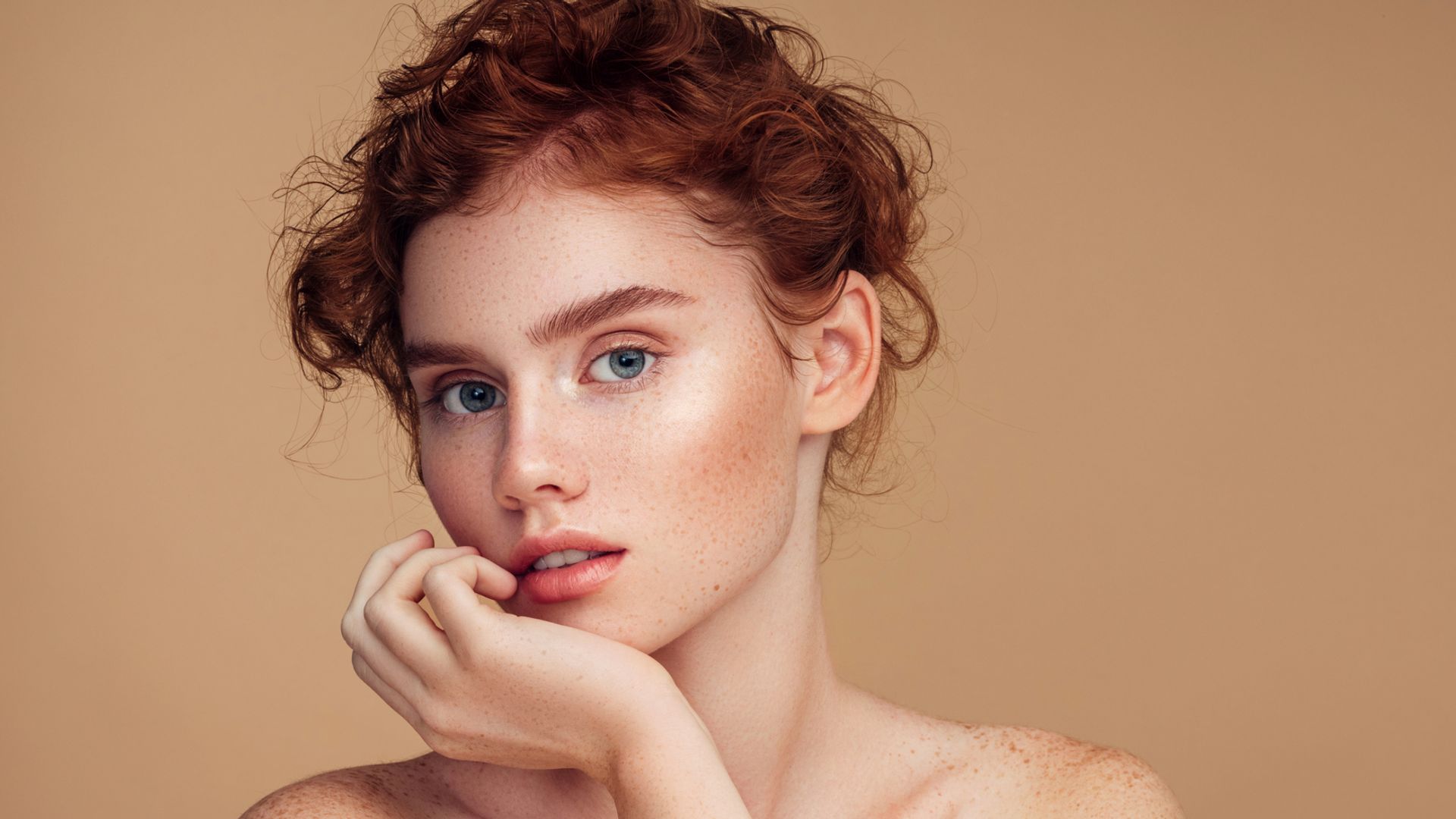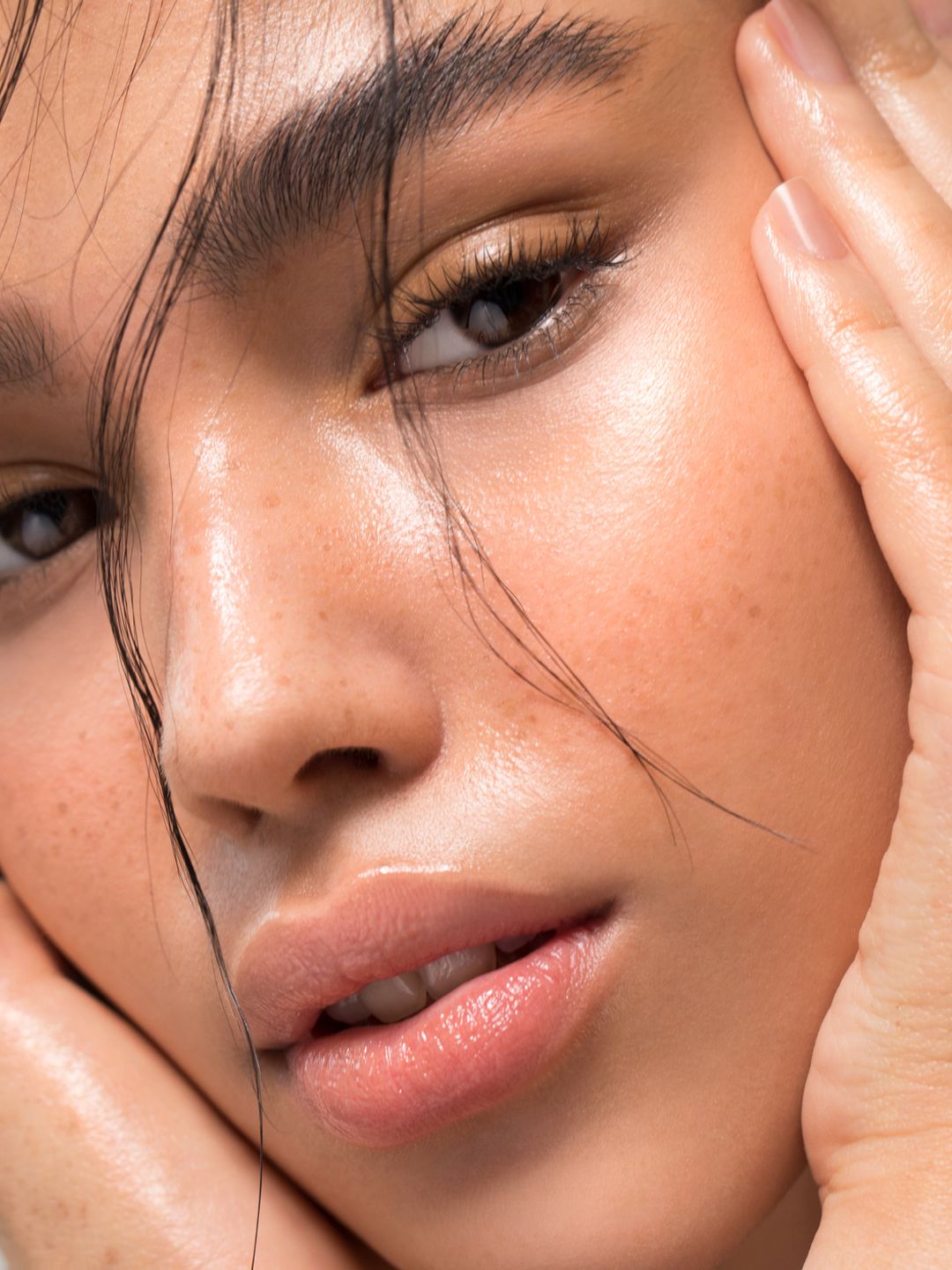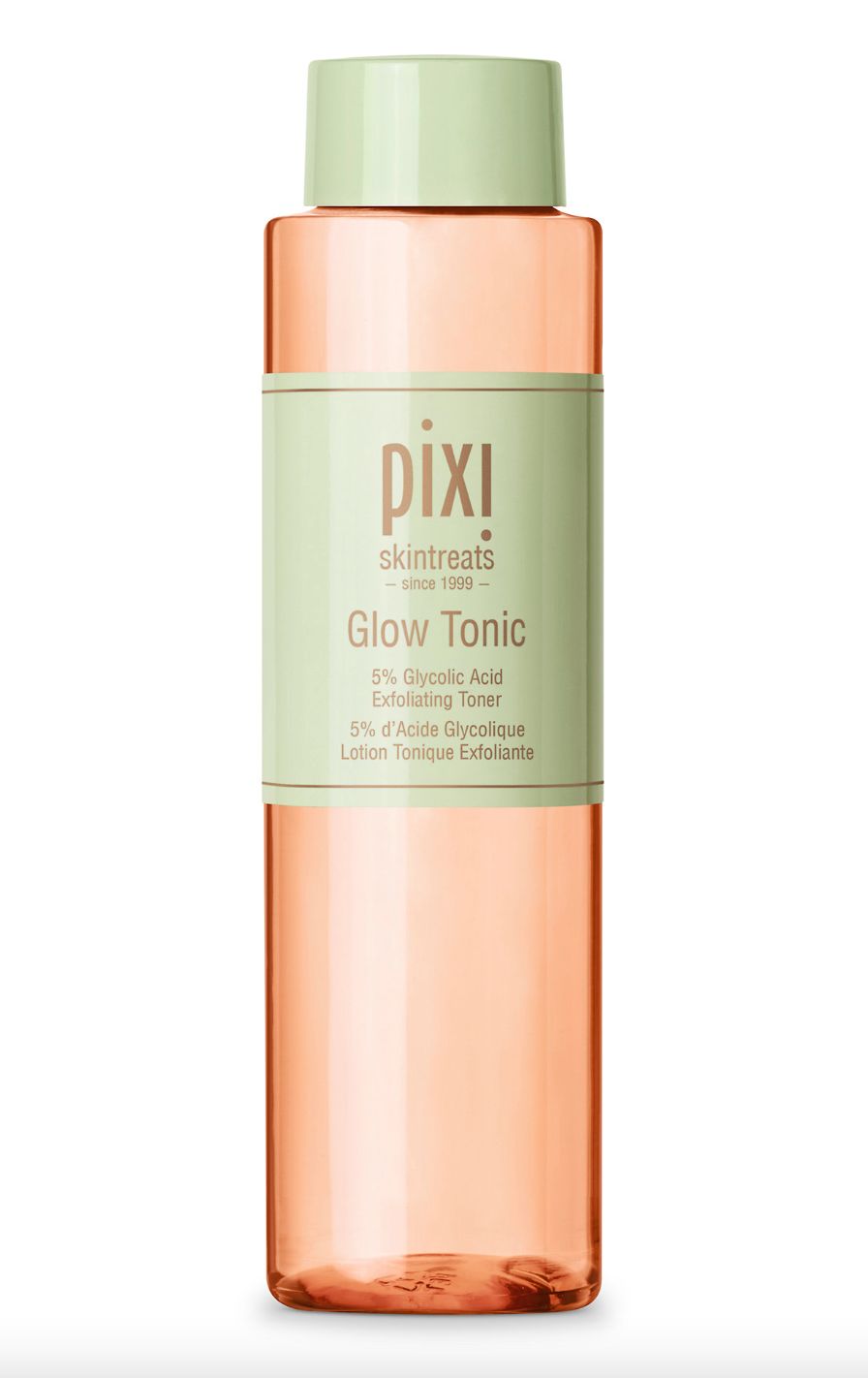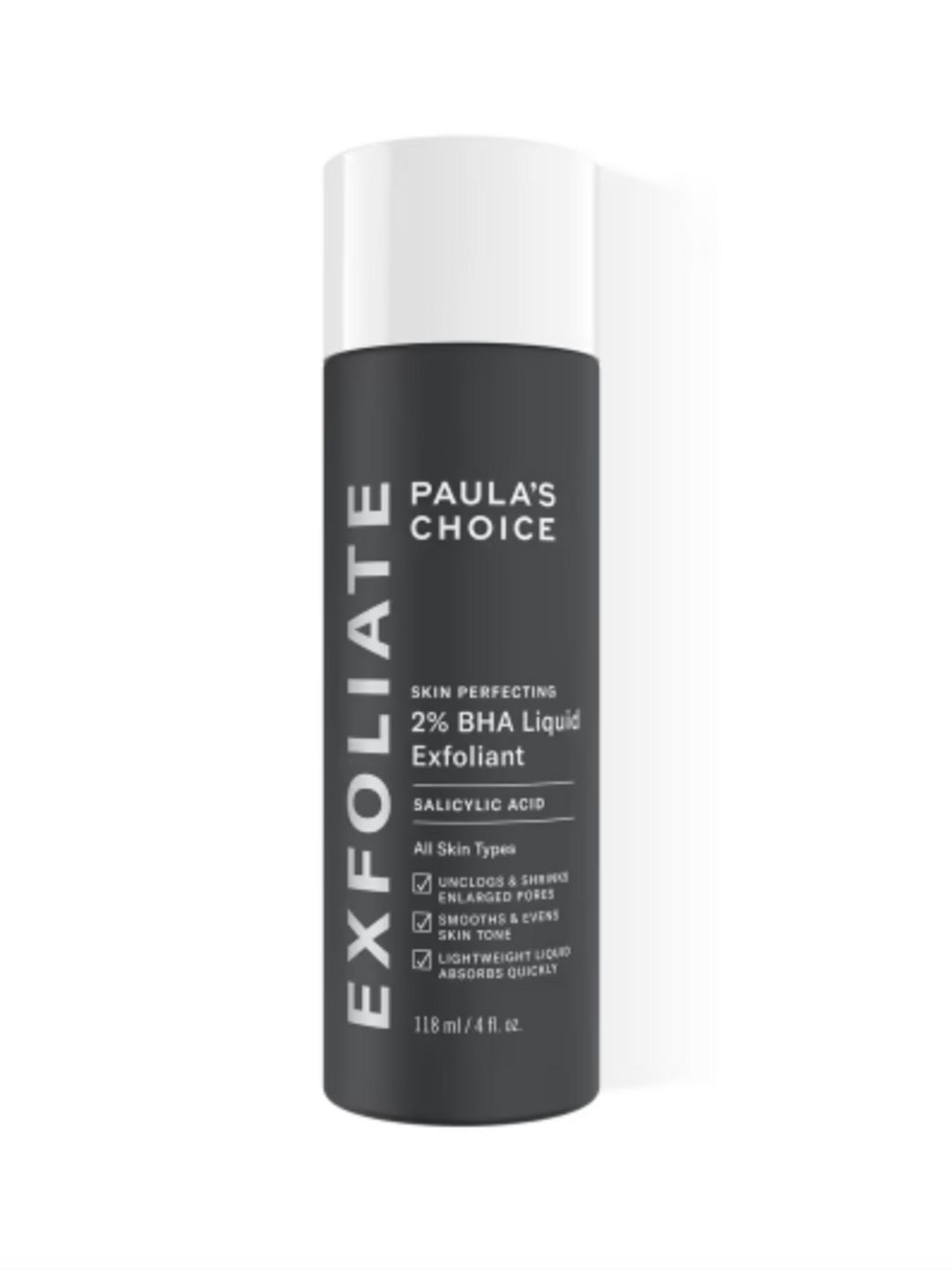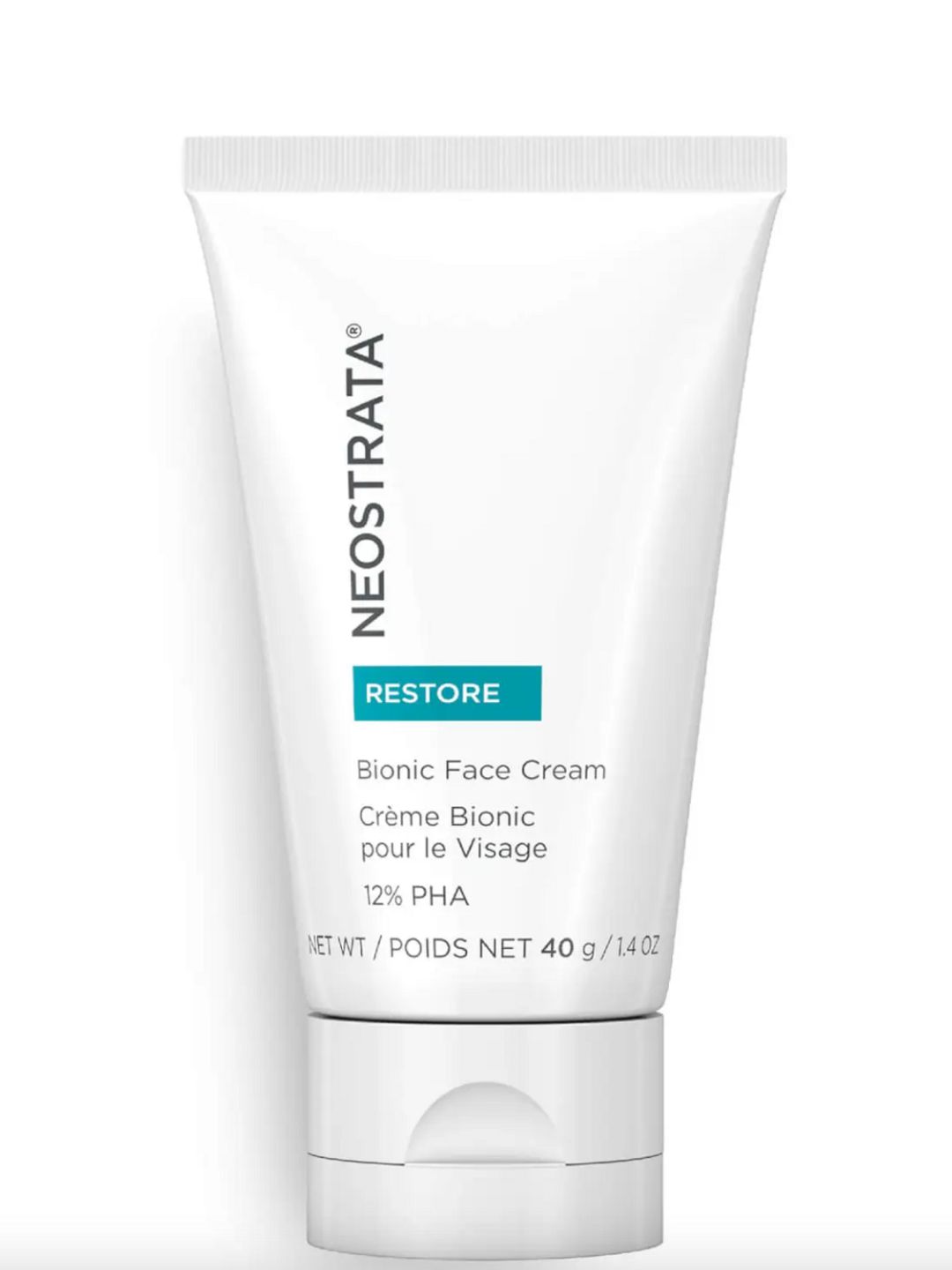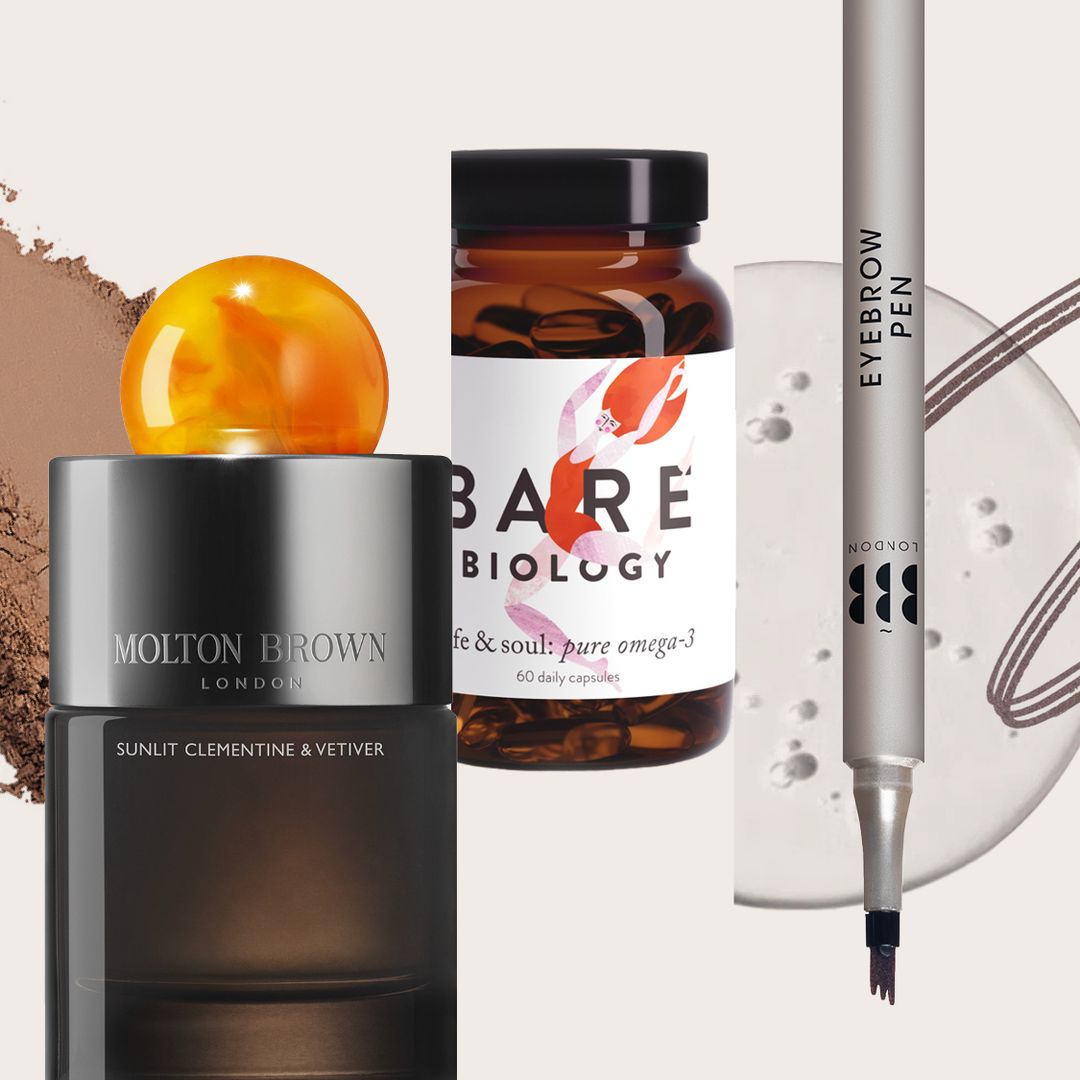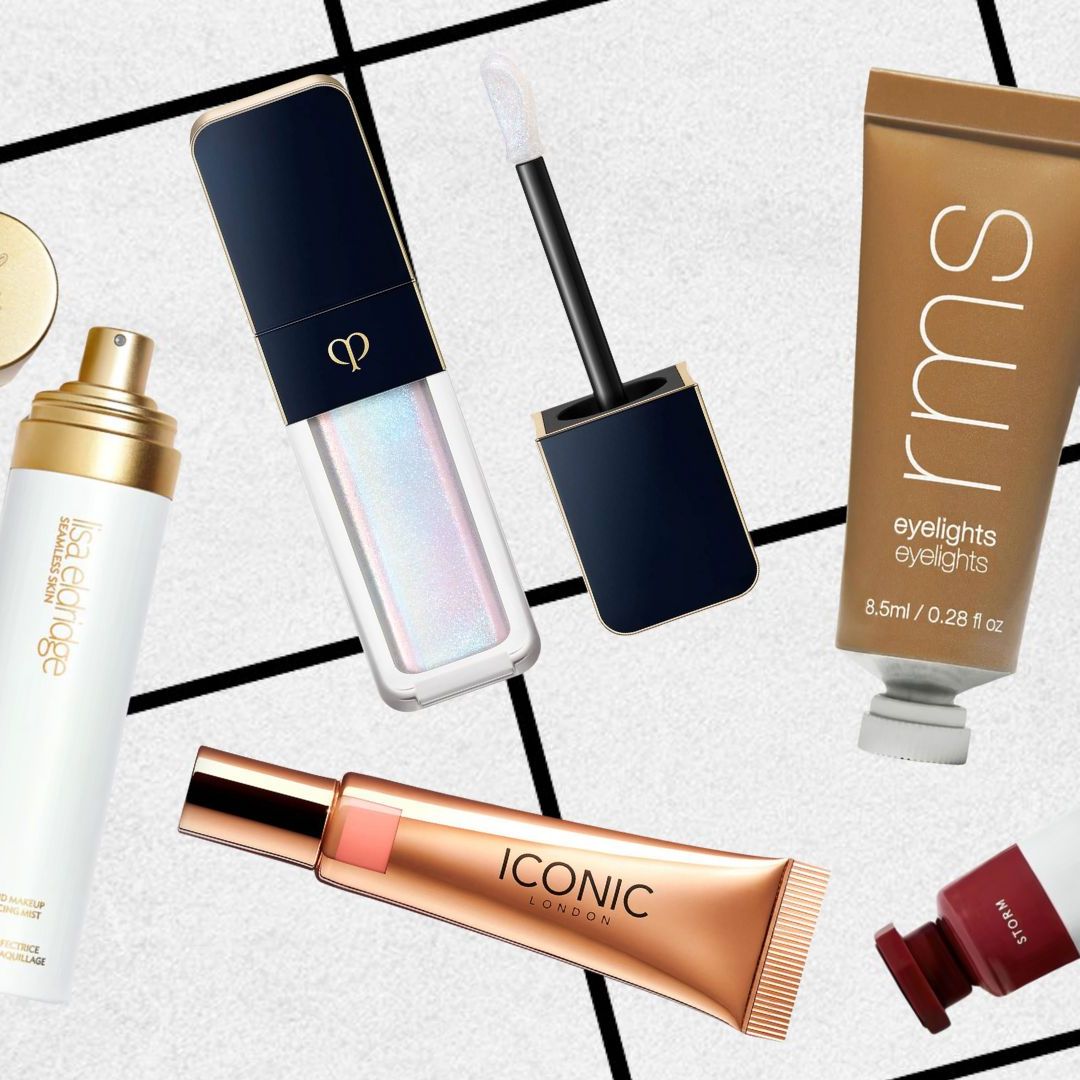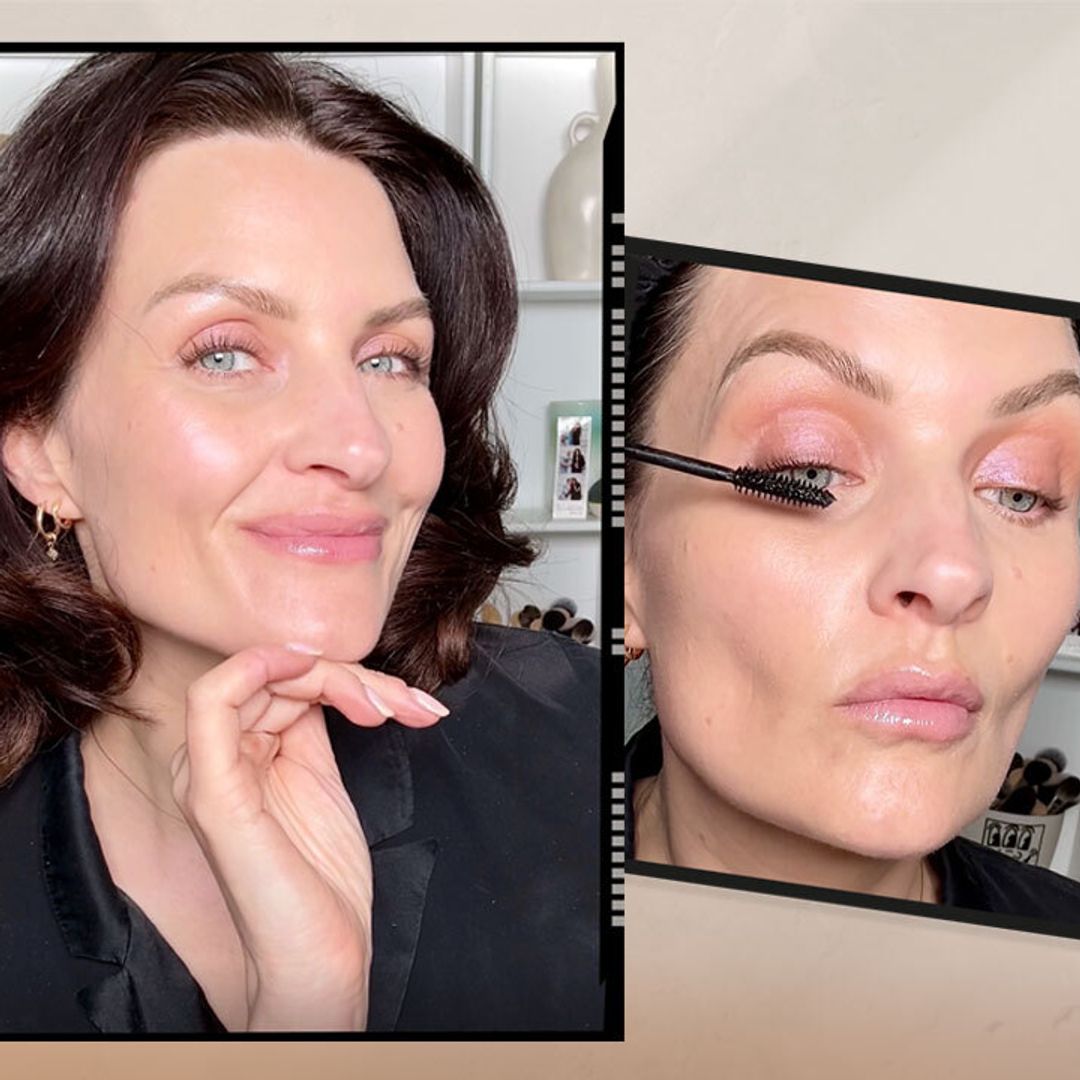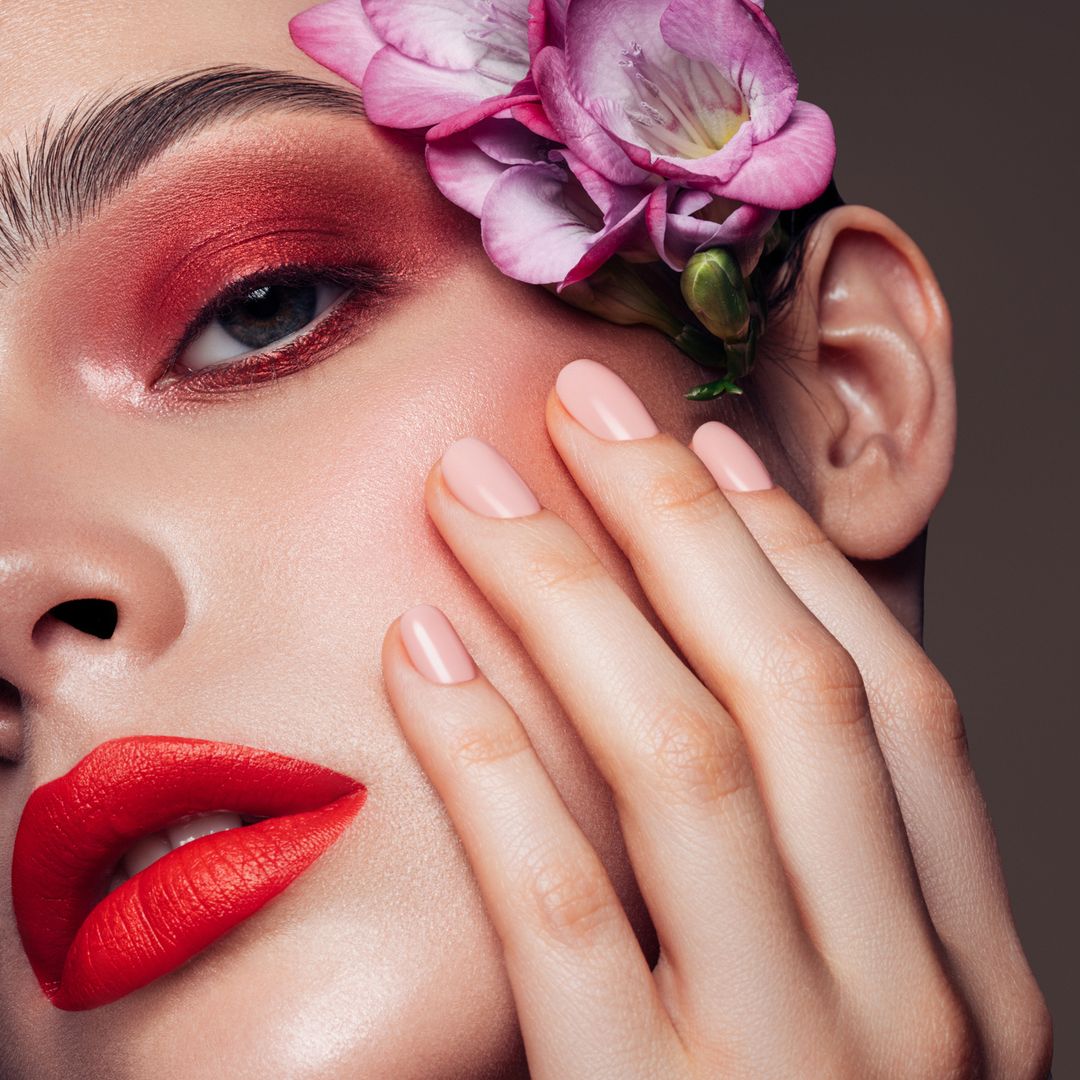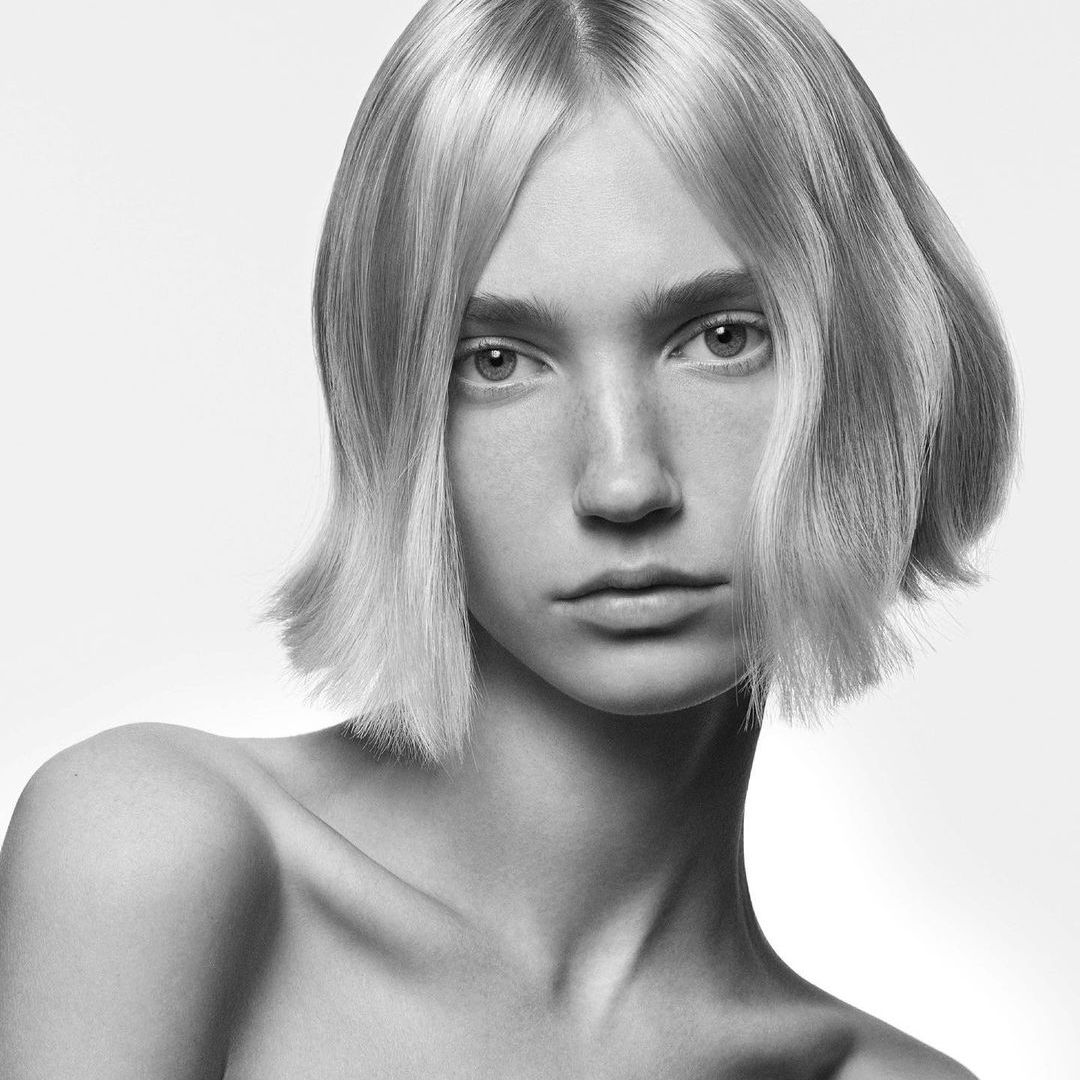Fear not, for toners have come on leaps and bounds since their ultra-astringent ancestors. Once the go-to product recommendation for oily-skinned teens wanting to minimise shine, traditional alcohol-based toners stripped the skin, often leaving in their wake an uncomfortable, tight feeling. Big yikes.
A more forgiving toning product comes in the form of a water or glycerin-based formula. Often marketed as hydrating mists or spritzes, these toners are usually flower extract-packed fluids that give the skin a moisture boost.
MORE: Do eye creams actually work? A dermatologist tells you the truth...
READ: 9 luxury facial oils to leave your skin feeling super nourished
What is a toner?
"Toner means many things to different skincare brands," consultant dermatologist Dr Mary Sommerlad explains. "A toner to me, is a leave on product applied after cleansing and before moisturiser and sunscreen."
A hydrating mist is a nice additional step for skin types that lack water, but for more pressing skincare concerns, its get-up-and-go cousin, the liquid exfoliant, is far superior.
What does toner do?
Delineating between hydrating mists and liquid exfoliants (also known as acids) is key when it comes to finding the right product for you. Those with dehydrated skin will likely benefit from a humectant-packed spritz (think glycerin or hyaluronic acid), applied after cleansing, for a pleasant shot of moisture.
READ: What is double cleansing and how to do it right - according to a celebrity facialist
MORE: What is slugging and is it actually good for your skin?
Acids, on the other hand, have several potential skin benefits. "Liquid exfoliants help shed the outermost layer of skin, leaving the surface looking more radiant," Dr Sommerlad says. "They can also even out pigmentation and help reduce blemishes."
There are three main categories that liquid exfoliants tend to fall into: alpha hydroxy acids (AHAs), beta hydroxy acids (BHAs) and the lesser-known polyhydroxy acids (PHAs).
What are AHAs and how can they benefit your skin?
Alpha hydroxy acids are usually fruit-based sugar acids such as glycolic, lactic or mandelic acid – excellent for dull types wanting a glow boost. "They are great for brightening and smoothing the skin," Dr Sommerlad says. "They come in different concentrations so I generally recommend starting at the lower concentrations and working upwards only if necessary."
"I really like Pixi’s Glow Tonic as an introduction to AHAs, this is glycolic-based acid. Biossance's Squalane and Lactic Acid Resurfacing Night Serum is a potent, yet gentle option as the squalane helps with skin irritation."
What are BHAs and how can they benefit your skin?
Beta hydroxy acids (salicylic being the most widely used type) break up pore blockages, removing dead skin cells and excess sebum – ideal for spot-prone oily types. "These penetrate well into the hair follicle so in addition to brightening the skin by shedding the outer layer they can also reduce blemishes and redness and are an important ingredient in acne skincare," Dr Sommerlad says.
"Paula's Choice's Skin Perfecting 2% BHA Liquid Exfoliant is a cult classic – effective and low-irritant."
What are PHAs and how can they benefit your skin?
"Polyhydroxy acids are similar to AHAs and BHAs but are larger molecules (the most common being gluconolactone) and therefore tend to be less irritating as they sit more on the skin surface rather than penetrating deeply," Dr Sommerlad says. "PHAs are a great option for those with sensitive or dry skin. Sometimes PHAs are added to AHA and BHA in order to reduce the need for higher concentrations."
"My favourite PHA product is NeoStrata's Bionic Face Cream – well tolerated in even reactive skins."
Are all liquid exfoliants suitable for all skin types?
As a general rule, sensitive types are best suited to PHAs. If you are prone to sensitivity or irritation and still want a radiance boost, look for AHAs with lower concentrations. "Too high a concentration and you may inadvertently irritate the skin, which could lead to pigmentation changes and a damaged skin barrier," Dr Sommerlad advises.
How to apply a liquid exfoliant
This step should take place after cleansing and before you have applied any serums, moisturisers or SPF. Soak a reusable cotton pad in your liquid exfoliant and swipe it over your skin, being careful not to go too near the eye area. Dehydrated types may like to go in after with a hydrating mist for additional moisture.
Like this story? Sign up to our Hello! Fashion newsletter to get your weekly 'Fashion Fix' delivered straight to your inbox.
HELLO!'s selection is editorial and independently chosen – we only feature items our editors love and approve of. HELLO! may collect a share of sales or other compensation from the links on this page. To find out more visit our FAQ page.
